Invariably, when I read articles on bug-out bags and overlanding, the bags and scenarios revolve around a setting in the Western states and/or an arid, mountainous environment. Honestly, I feel left out. I reside in the Deep South just outside New Orleans, and we face a completely different problem — rather than a lack of water, it’s too much water. I have ridden out a half-dozen landfalls in my time here, including Hurricane Katrina. My experience after Katrina prompted me to put together a go-bag designed around my need to shelter in place, self-rescue, and/or extricate from the area. This bayou bug-out bag doesn’t cover food, water, or personal hygiene items — it covers the “heavy equipment” end of things, which is what I lacked on my first go-around.
About the Bag
I must admit I enjoy a bit of unfair privilege regarding bag selection — my employment as the director of medical programs for Blue Force Gear allows me access to some of the best load carriage gear available. Our product development shop recently began working on a bag for a military entity to carry heavy breaching and rescue equipment. I was lucky enough to get my hands on one of the prototypes. It has stowable backpack straps, a shoulder strap, and reinforced carry handles, as well as a fully opening top cover and side slit pockets for smaller items. I also appreciate the quality of construction, a characteristic we’ve put a lot of effort into. It’s light for its size yet strong enough to carry the needed equipment. While you won’t find this bag on the Blue Force Gear website, it’s available for special orders by mil/LE units (email [email protected] for more info).
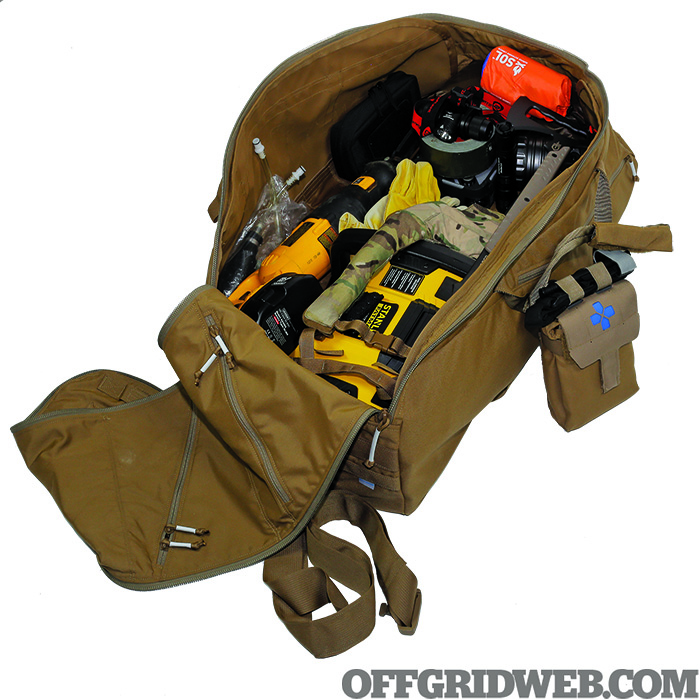
Tools & Recovery Gear
I’ve become highly reliant on rechargeable battery tech, and at the heart of my system is a 1,000-amp battery pack. It has USB ports to recharge my phone, can jump start a vehicle, and has a built-in air compressor. A small zipper bag of cords allows me to charge almost any device. Once my truck is running, the built-in power inverter can charge my larger tools.
The next largest item in the kit is a battery-powered Reciprocating Saw (what many people call a Sawzall). This tool has replaced a chain saw as my go-to tool, primarily due to the ability to quickly swap out blade types. I carry wood, carbon steel, carbide, and bimetal cutting blades. In the days after Katrina, I was climbing onto the second-story roofs of houses from a flat boat (the water was high enough I could just step onto the roof) in order to cut people out of their attics. Whether it’s downed limbs, fences, locks, cables, or other obstructions blocking my egress, I have yet to run across a cutting chore I was unable to perform. This same tool, paired with a side angle grinder and diamond blade, is utilized by the U.S. Air Force PJs for most of their rescue breaching tasks. I once saw them remove a hatch from a Bradley in under 2 minutes by cutting the hinges.
Despite my love for rechargeable tools, I’d be remiss if I didn’t account for the very real possibility of losing that capability. For that scenario, I have a Gerber Downrange Tomahawk Breaching Tool that functions as an ax, hammer, and prybar. Paired with the Gerber Doubledown folding machete, I’m ready for cutting if things go manual. In case my vehicle gets stuck in mud — a common occurrence in Louisiana — my kit contains a folded Glock Entrenching Tool. That and a 10,000-pound-capacity snatch strap have yet to fail me in removing a litany of vehicles from our Gumbo Mud.
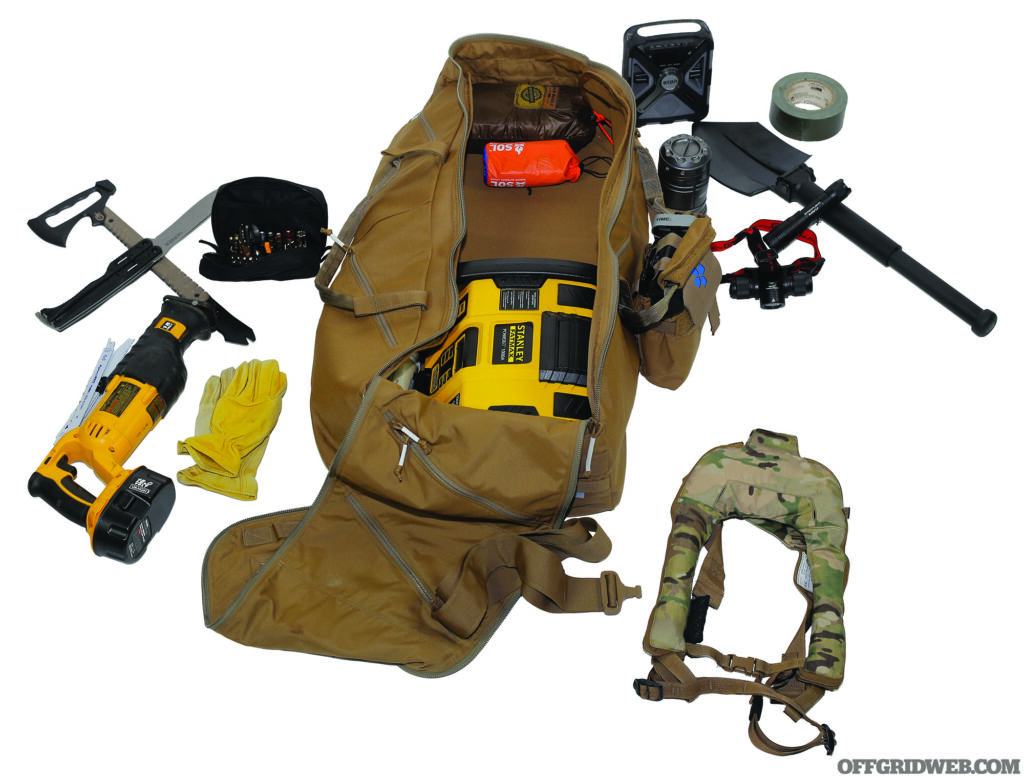
Mother Nature doesn’t keep banker’s hours, and we humans are creatures of the light, so my kit includes both a flashlight and headlamp from the Streamlight ProTac 2.0 line. Each puts out a staggering 2,000 lumens in High mode and can run up to 25 hours on Low. Both lights recharge from a USB-C cord that I can plug right into my power station.
To keep everything running, including my rifle and handgun, I keep a smattering of hand tools and a Fix It Sticks “The Works” tool kit. I can’t say enough good things about this compact kit. It was primarily designed for firearms-related tasks, but with 24 different bits and a variety of other tools, it’s a multipurpose item. I also carry a roll of 100mph tape for those times that I can’t turn it with a tool or beat it with my breaching ax.
Did I mention that we have an abundance of water down here? Without a doubt, the most expensive item in my kit (and possibly the most important) is my Mustang Survival RATIS inflatable PFD (Personal Flotation Device). Prior to having this device, I struggled with having a water safety component in my kit. A standard flotation vest was too bulky to carry around, yet I often found myself working in or around water without notice. I grew up in the water and know that familiarity breeds contempt, and contempt can get you killed. The RATIS weighs a whopping one (yes, one) pound and is so small in its stored shape that you can work with it on all day long. When deployed, either automatically when submerged or manually by pulling the inflation handle, it offers 40 pounds of buoyancy. The RATIS can be attached to a plate carrier or, as in my case, can function as a stand-alone PFD via the included “BRO” harness system. This is a must-have item for me.
Medical Equipment
Speaking of safety, let’s talk medical — a subject close to my heart. One must understand the difference between a first aid kit and a trauma kit. They should be two separate things; I plan to address that subject in detail in a future article. This bag was designed around the heavy equipment tools concept and, correspondingly, I only carry a trauma kit in it, specifically the BFG Medium Trauma Kit NOW! It offers me enough gear to treat one to two critical casualties in the immediate aftermath of a traumatic incident. It’s not an operating room in a bag, but it’ll save a life in the short term. Notice the tourniquet attached to the lid of the TKN! and remember that your tourniquet (better yet, tourniquets plural) always belongs outside of your trauma kit. You shouldn’t be digging through a medical kit to access that device.
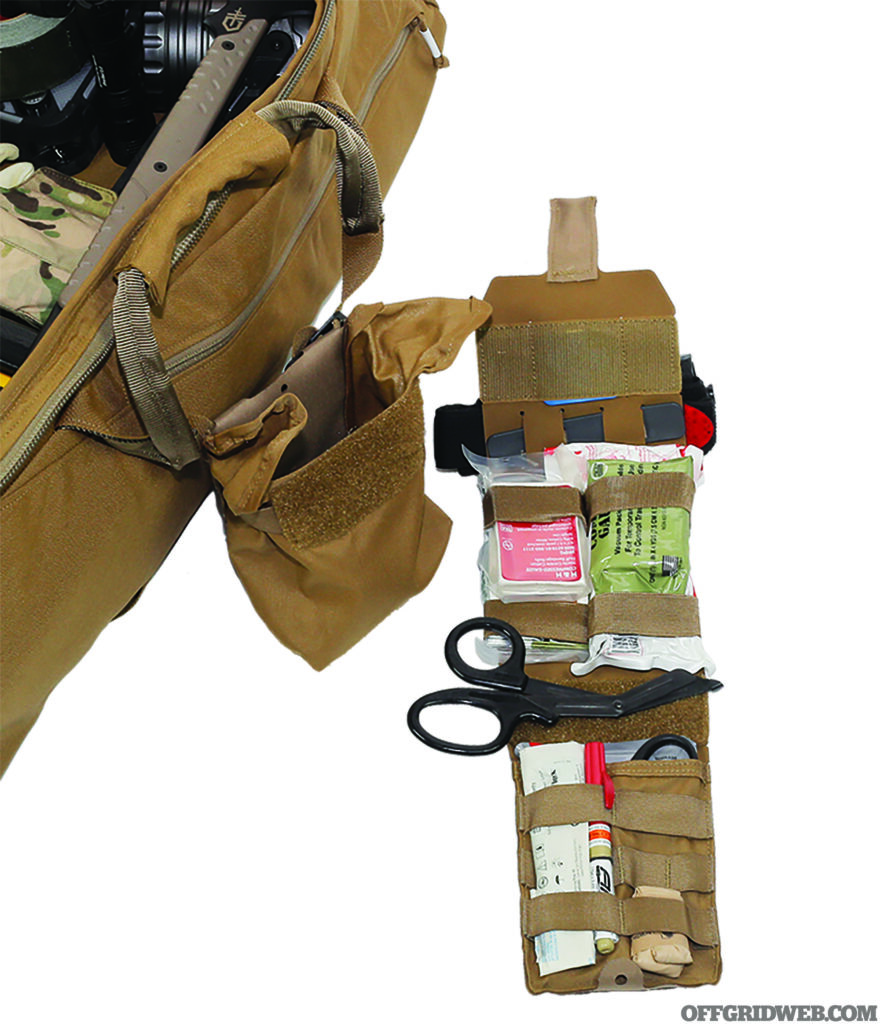
Rounding out my go-bag are a few other items. There’s a Seldon WaterStick for emergency water purification. In a nod to “snivel gear,” I also carry a lightweight packable rain jacket, a Kifaru ground cloth/shelter half, and a SOL two-person Emergency Bivvy (you never know when you might need to snuggle up). Lastly, there’s a hand-crank radio for National Weather Service reports and emergency USB charging.
Closing Thoughts
As I said in the beginning, this go-bag isn’t universal, and your needs may vary. However, this one has served me well for a while. If you live in a coastal area or anywhere subject to a natural disaster, I hope this helps guide your thinking toward what you might need to have on hand should the worst happen.
About
Make & Model
Blue Force Gear: Rescue Equipment Bag
MSRP
Prototype
URL
blueforcegear.com
Related Posts
- California Bill Aims to Mandate Public-Access Trauma Kits
- Donated Trauma Kits Missing from South Carolina Schools
- Medical Trauma Treatment: Stories of Combat Survival
- How Outdated is Your First Aid Kit?
- Pocket Preps: IFAKs for Everyday Carry
Related Posts
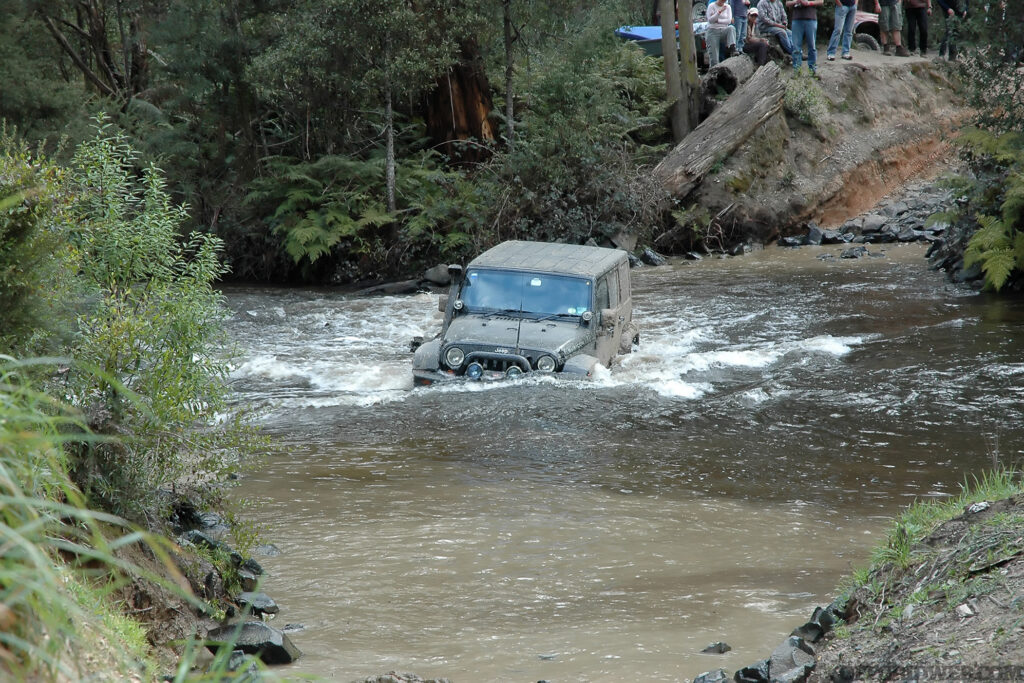
What If You're Stranded On A Flooded Jeep Trail?We ask survival and overlanding experts Kevin Estela and Rick Stowe what they would do if they were stranded on a flooded jeep trail.
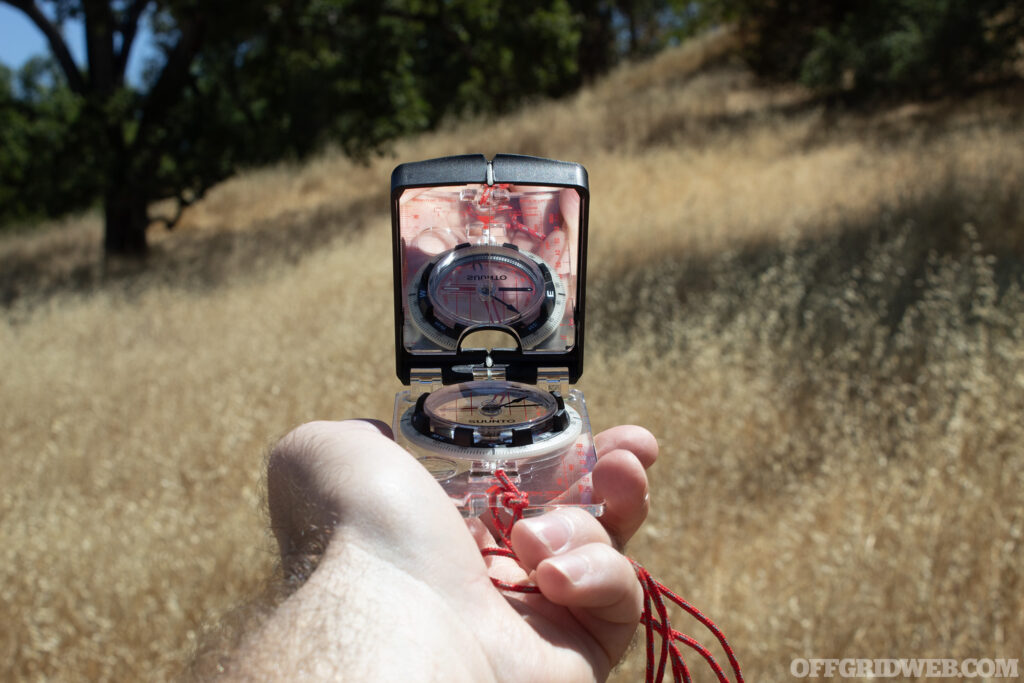
Raw Wilderness Navigation: Navigating Without ToolsNo map? No Compass? No problem! Learn how to find your way through the wilderness by navigating without tools.
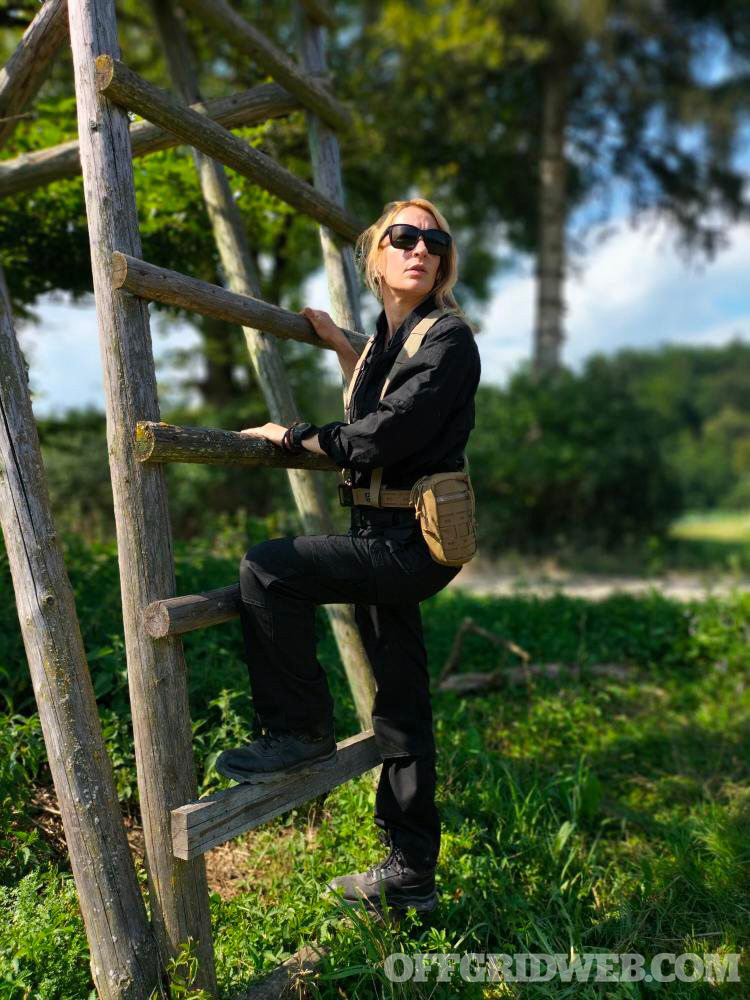
FROG.PRO's Custom Mantracking KitFounder and Chief Tracking Instructor of Hull's Tracking School, Kyt Lyn Walken, discusses the benefits of FROG.PRO's tactical gear.
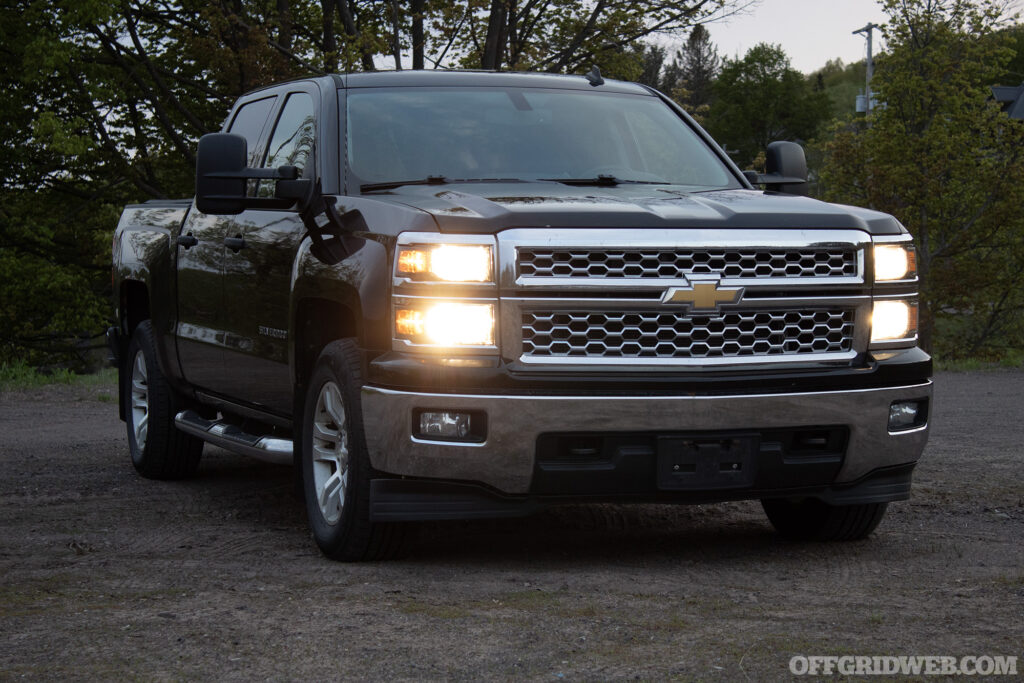
Shedding Light on Safety: The Benefits of LED Vehicle LightingWe used Oracle Lighting to help illustrate the benefits of LEDs, and why you shouldn't over look this simple vehicle upgrade.
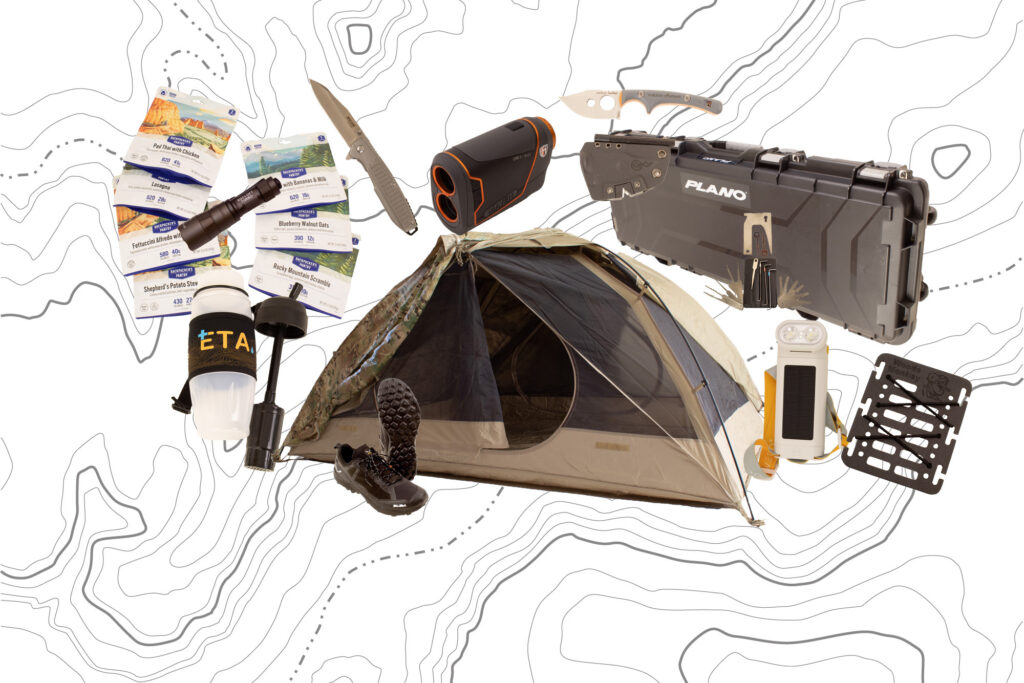
Gear Up: New Survival Gear For August 2023A quick look at some of the latest survival and preparedness gear.
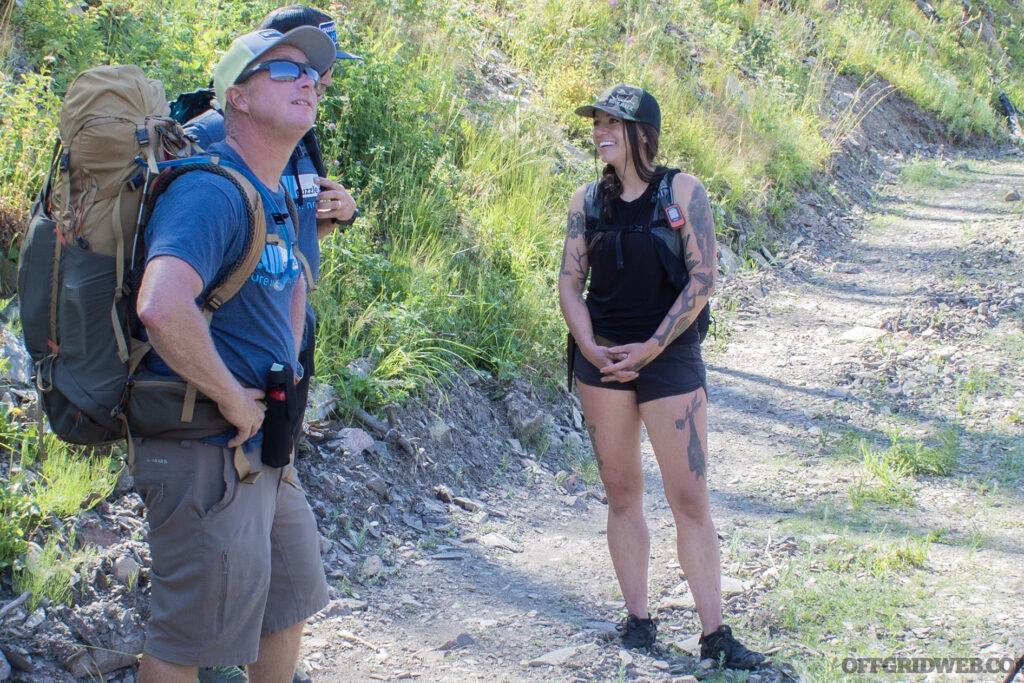
“HOW NOT TO DIE”: Laura Zerra's Guide to Wilderness SurvivalFollow renowned survivalist Laura Zerra as she discusses her most important advice on how to stay alive when things take a turn for the worst.

Journey Back in Time: Embracing Ancient Hunting TechniquesPrimitive skills instructor Phillip Liebel delves into the ancestral Puebloan culture and their ancient hunting techniques.
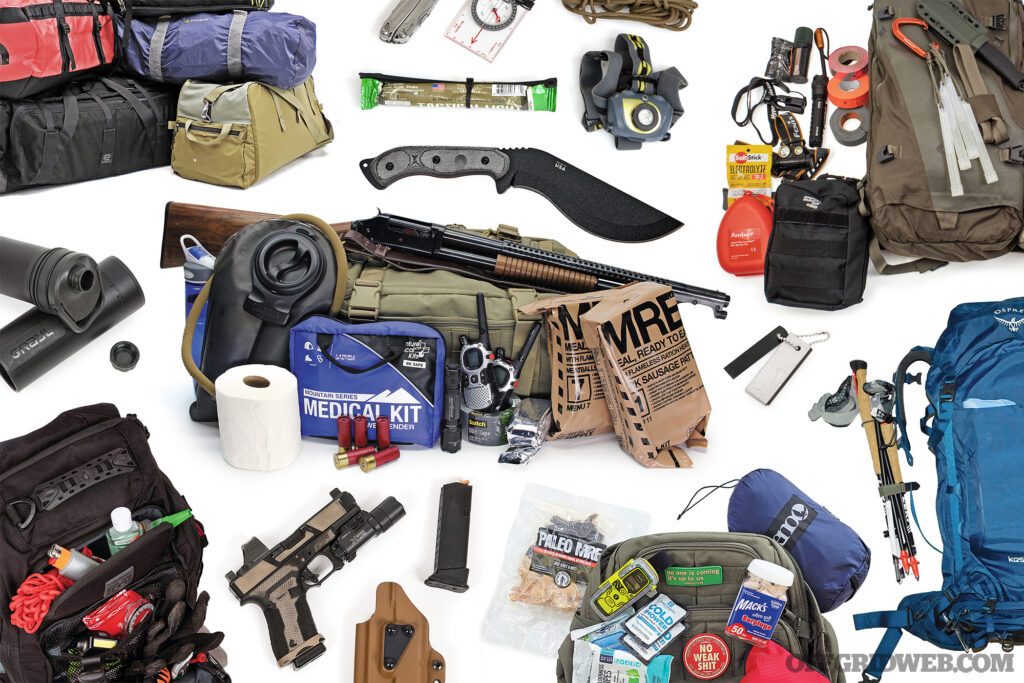
Bug Out Bag List of EssentialsThis bug out bag list of essential gear can help you and your family become better prepared for a variety of emergency situations.

Survival Botany: Six Lifesaving Plant SpeciesSurvival botany can save your life in an emergency. Here we cover six of the most common edible plants in North America.
The post Bayou Bug-Out Bag: An Emergency Kit for Louisiana Wetlands appeared first on RECOIL OFFGRID.
By: Patrick Diedrich
Title: Bayou Bug-Out Bag: An Emergency Kit for Louisiana Wetlands
Sourced From: www.offgridweb.com/gear/bayou-bug-out-bag/
Published Date: Sun, 27 Aug 2023 11:00:06 +0000
-------------------------------------------------------------------------
 CampingSurvivalistHuntingFishingExploringHikingPrivacy PolicyTerms And Conditions
CampingSurvivalistHuntingFishingExploringHikingPrivacy PolicyTerms And Conditions
